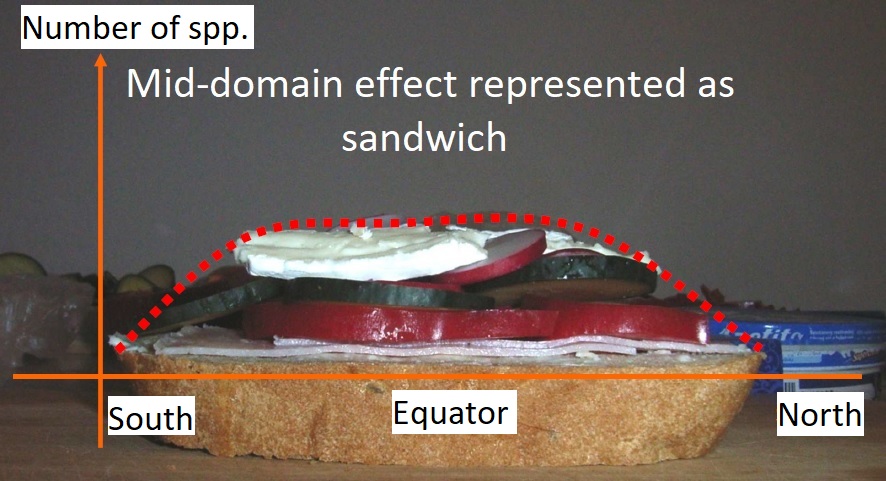20. Macroecology Origins and Latitudinal Richness/Evenness Patterns

What will you learn in this lecture:
- To understand the origins of macroecology.
- To describe global latitudinal patterns in species richness and evenness.
- Detail the major theories that have been proposed to account for them, and how well they actually explain patterns.
- Ability to identify the major logical flaw in Dominance Diversity curves and how this can be fixed by using Cumulative Rank Frequency plots.
Enrolled students of fall 2025 should watch this lecture before December 2.
What questions should you be able to answer now?
- How does macroecology differ from traditional disciplines of ecology?
- What are the main global patterns in species richness and evenness, how do they differ and what underlies them?
- What is the graphical error in dominance diversity curves? What did this mistake lead to? And how can it be fixed?
Useful links and materials:
Chapter 18 in: Krebs, Charles J. Ecology: The Experimental Analysis of Distribution and Abundance.
Chapter 21 in: Krebs, Charles J. Ecology: The Experimental Analysis of Distribution and Abundance.
Brown J. H. & Maurer B. A. 1989. Macroecology: The division of food and space among species on continents. Science 243: 1145-1150.
Featured image: Representation of mid-domain effect illustrated by Milan Chytrý during his Macroecology classes.